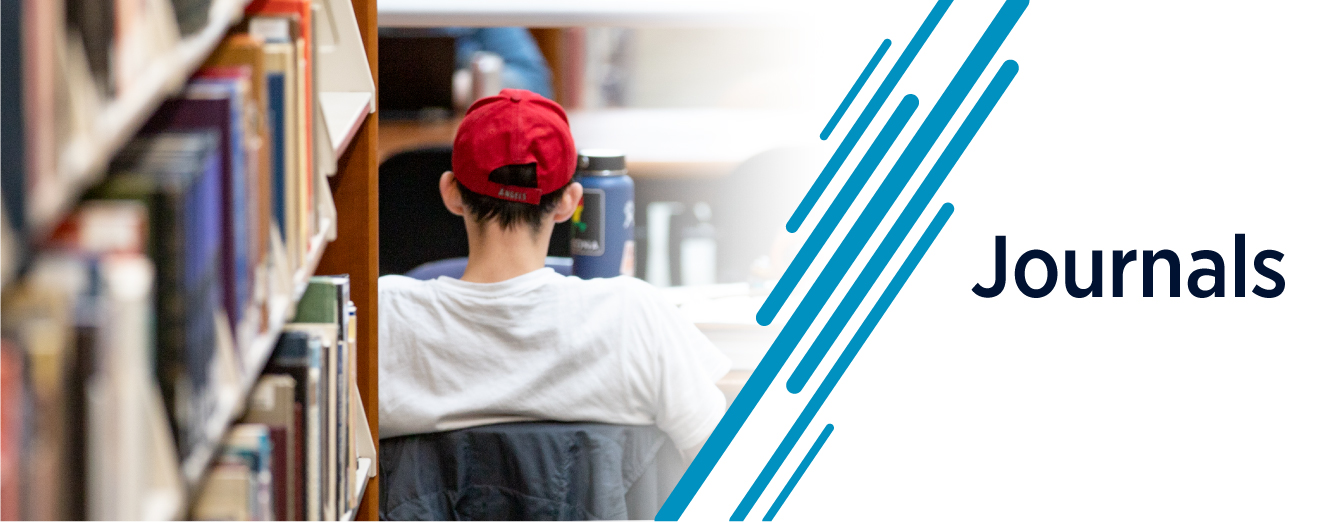Document Type
Article
Journal/Book Title/Conference
Decimonónica
Volume
15
Issue
2
Publisher
Decimonónica
Publication Date
2018
First Page
48
Last Page
65
Abstract
In 2016, many high-profile elections were influenced not only by a rigid division of the electorate, but also by notable differences in the voters’ sources of news and information. After the United States presidential election, numerous post-mortem think-pieces blamed “social media bubbles” and “echo chambers” as a central threat to democracy.1 The social circles that people tend to inhabit, due to political, generational, and socio-economic divides, are reflected in their social media networks. Over time, these networks become echo chambers in which users select which sites provide their reading material and “hide” the friends and acquaintances who disagree with them, and therefore only see shared content that confirms their existing biases and ideas. These shared articles come from sources that tend to fall on a spectrum of ideological orientation as well as journalistic rigor and complexity. Charts published on sites like Reddit and Twitter attempted to identify the quality and political orientation of dozens of news sources, ranging from complex journalism that sometimes skews partisan (The New York Times on the left, The Wall Street Journal on the right) to hyper-partisan sensationalist clickbait (Occupy Democrats on the left, InfoWars on the right).2 People who fall on one side of the political spectrum or the other tend to get their information from sources that confirm their points of view without challenging their beliefs.
Recommended Citation
Sundt, Catherine, "From Folletos to “Fake News”: The Origins of the Political Fragmentation of Media" (2018). Decimonónica. Paper 22.
https://digitalcommons.usu.edu/decimononica/22


